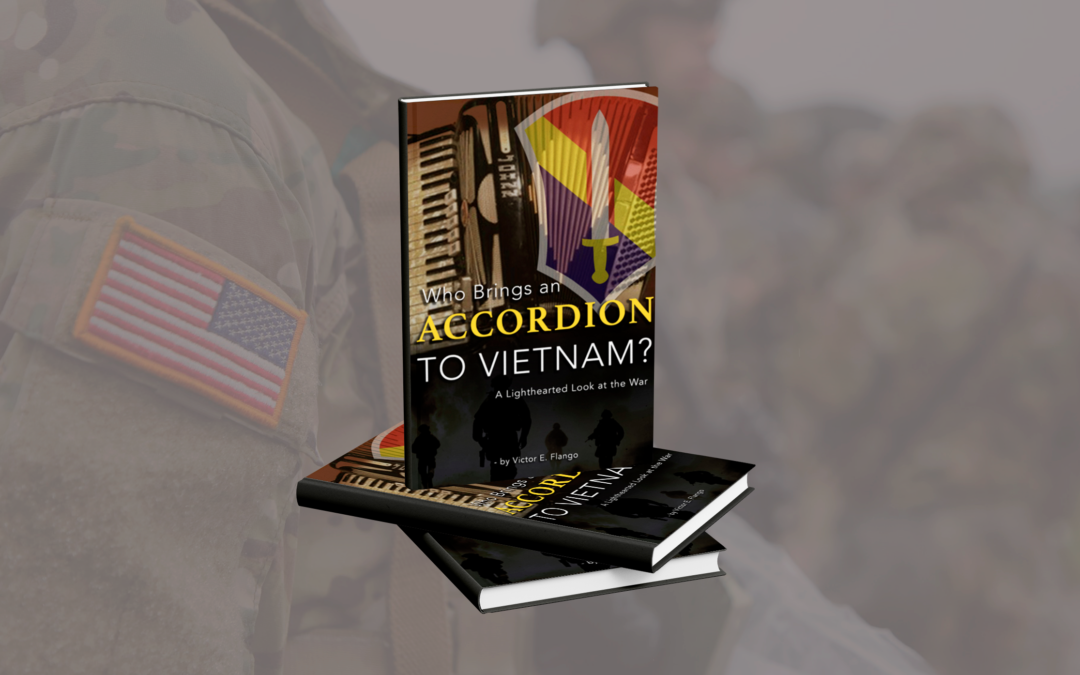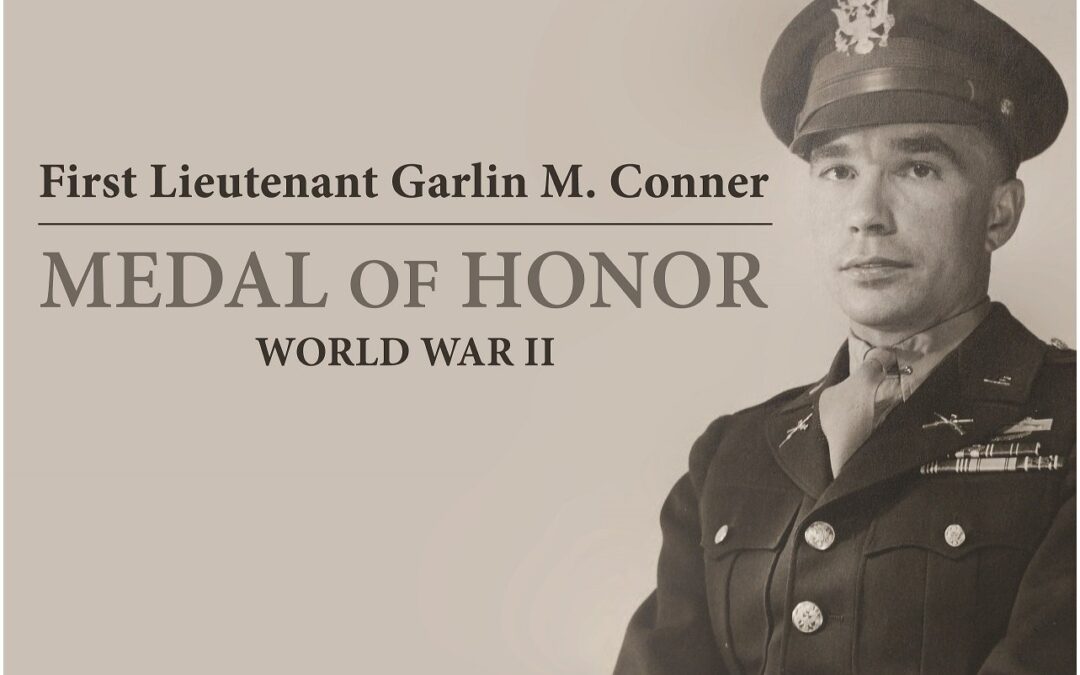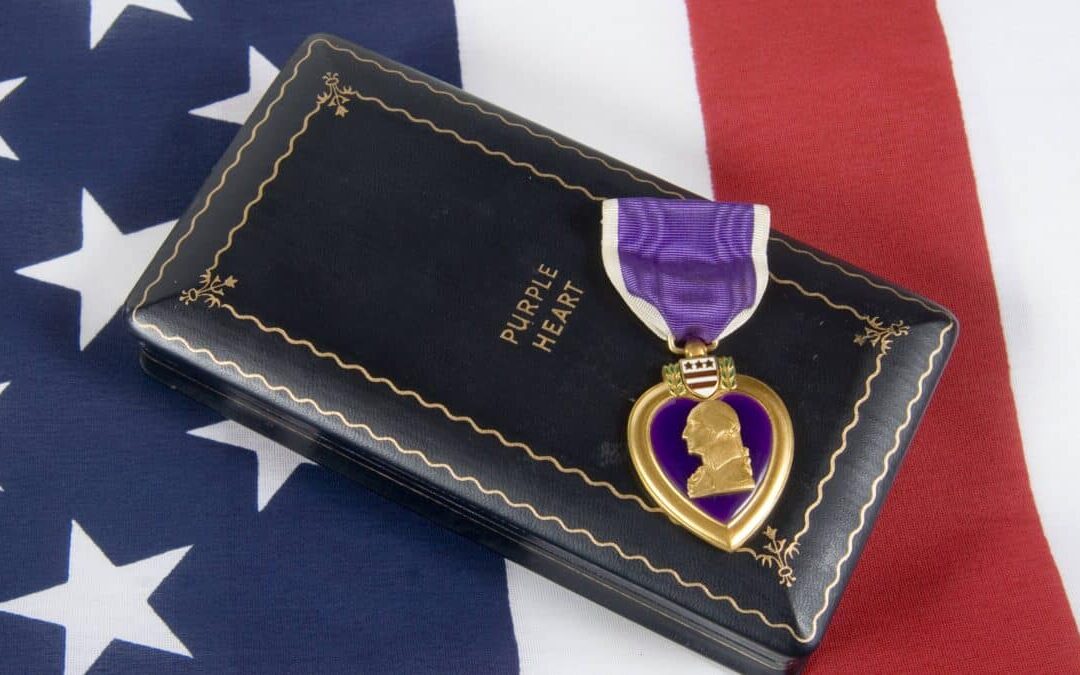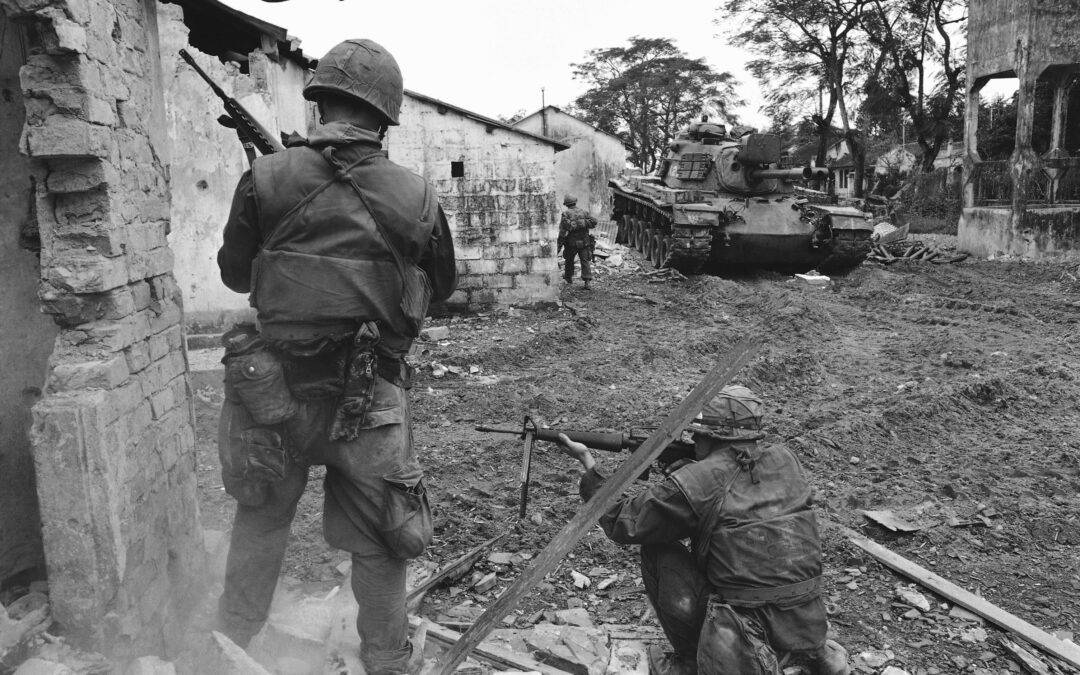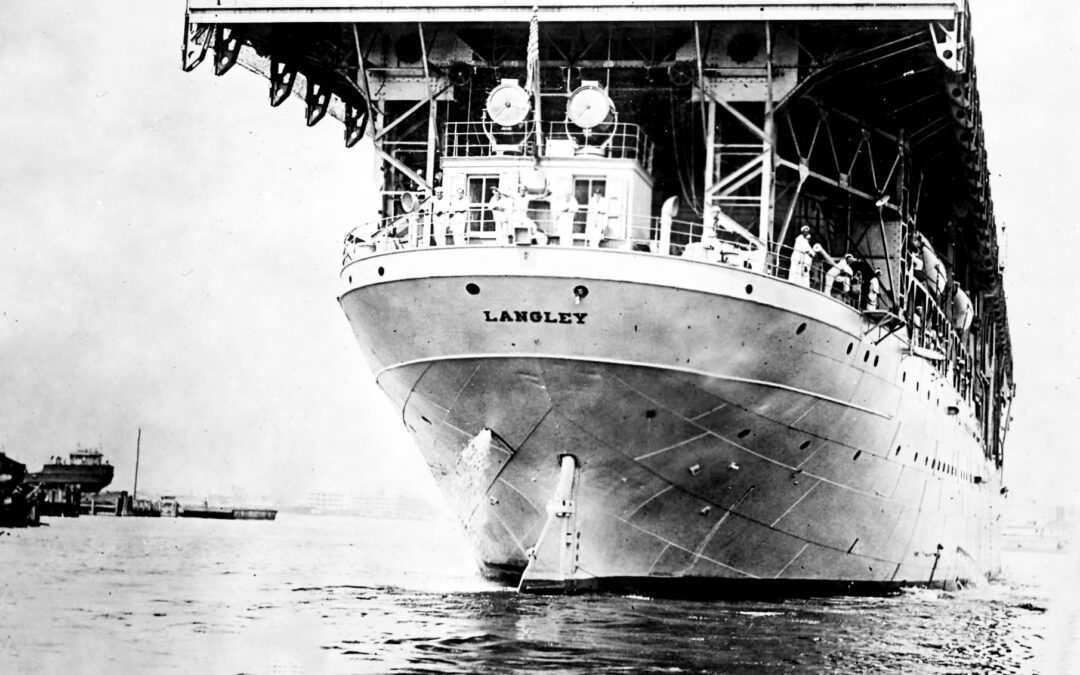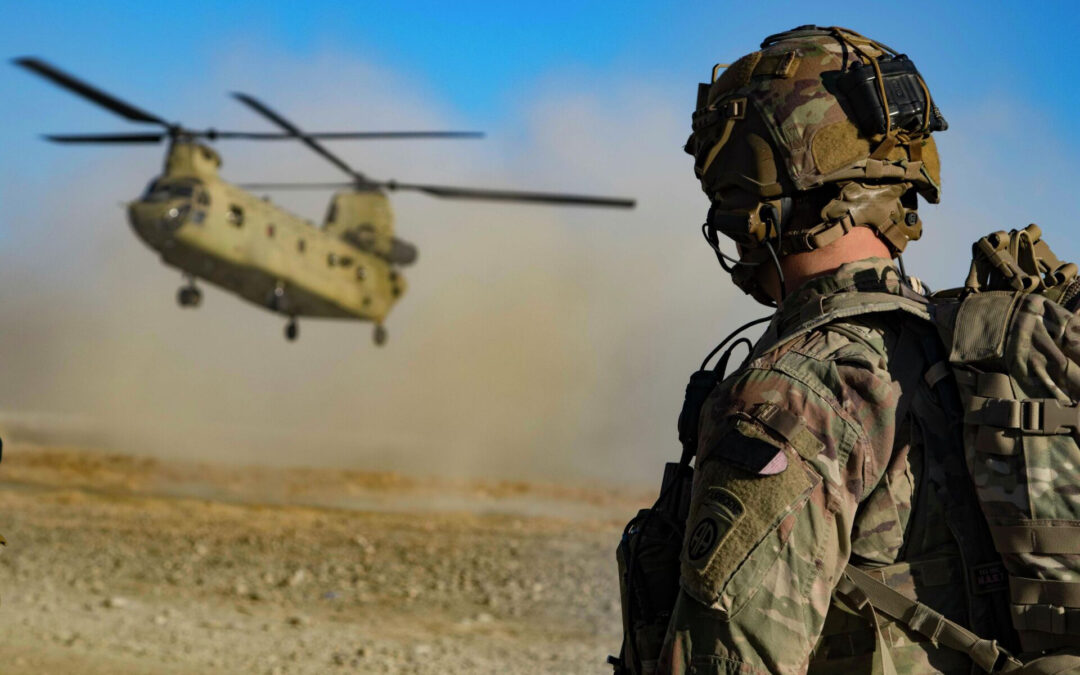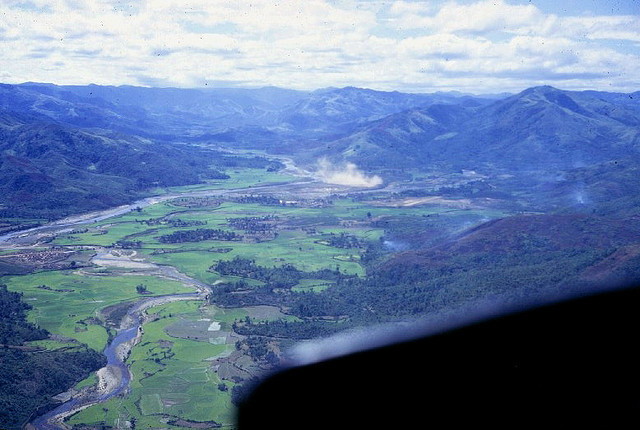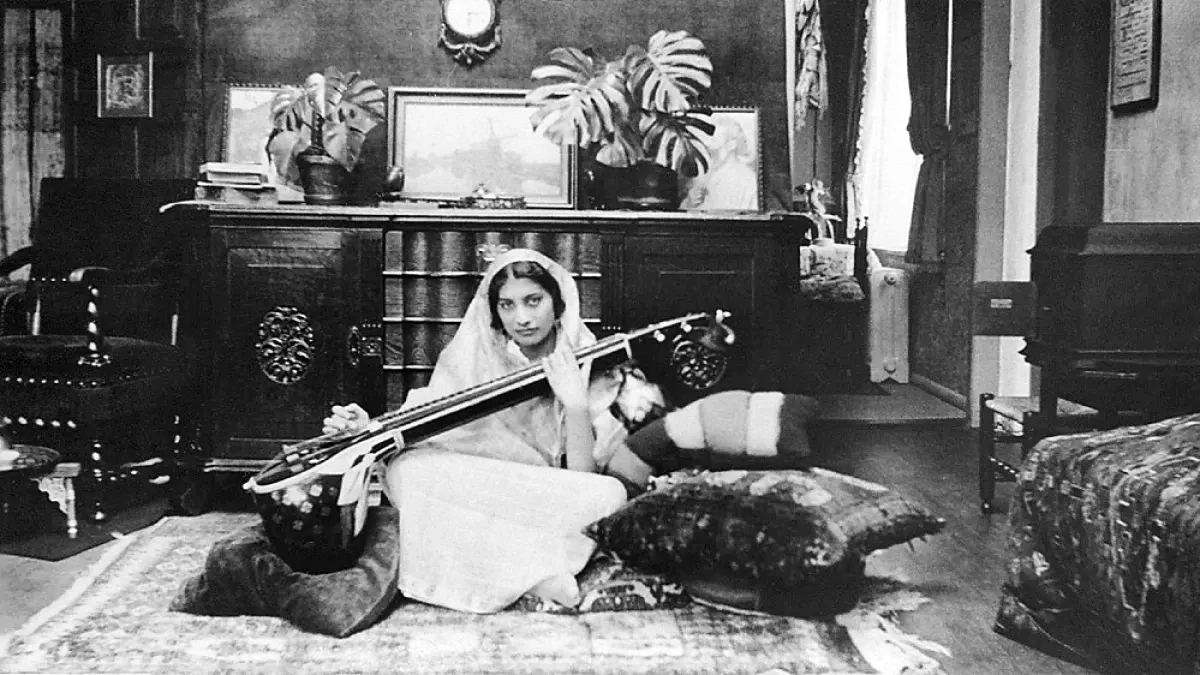Army veteran Dr. Victor Eugene Flango usually writes about court reform. He has authored more than 100 publications and articles (and even a web video) on the topic. His 2024 book, “Who Brings an Accordion to Vietnam?: A Lighthearted Look at the War,” is a standout, not only because it’s not about court reform, but it’s also not a combat memoir, because Flango didn’t serve in a combat role.
